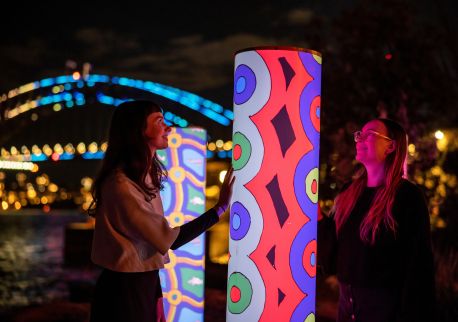Music Talk with Andy Bromberger: Beethoven's Ninth Symphony
Wednesday 12 June 2024
Overview
The Ninth Symphony is one of the greatest works in the classical repertoire, regarded as the pinnacle of Beethoven’s achievements and a culmination of his genius. Written between 1822 – 1824, it is remarkable not only for its grandness of scale but also being the first symphony from a major composer to use voices, the Ode to Joy from Friedrich Schiller.
Join Andy Bromberger as she reveals the political, social and historic implications of this ground-breaking piece of music in this special lecture.
Accessibility
Allows a person's carer free entry into participating venues and events
Actively welcomes people with access needs.
Caters for people who are blind or have vision loss
Caters for people who are deaf or have hearing loss
Caters for people who use a wheelchair.
Caters for people with sufficient mobility to climb a few steps but who would benefit from fixtures to aid balance. (This includes people using walking frames and mobility aids)
Have a step free main entrance to the building and/or reception area (includes ramps or slopes with a maximum gradient of 1:14, otherwise are too steep for wheelchairs)
Have a wheelchair accessible toilet / shower and change room
Have accessible seating areas in theatrette
Have an accessible public toilet which is unlocked
Have an appropriate area for toileting an assistance dog
Have grab rails in the bathroom
Have handrails on all your stairways
Have lifts with enough space for people using a mobility aid to enter and turn around to use the lift buttons. Buttons are at accessible height.
Have step free access to restaurant, lounge and bar
Offer a range of contact methods for receiving complaints
Offer multiple options for booking - web, email, phone
Train your staff in customer service for people with vision loss (training would incorporate way finding and communicating with people with vision loss)
Train your staff in communicating with people who are deaf or have hearing loss
Train your staff in communicating with people with learning or behavioural challenges
Train your staff in disability awareness
Use easy read fonts in your signage and communication materials (Helvetica and Arial)
Welcomes and assists people who have challenges with learning, communication, understanding and behaviour. (includes people with autism, intellectual disability, Down syndrome, acquired brain injury (ABI), dyslexia and dementia)




















